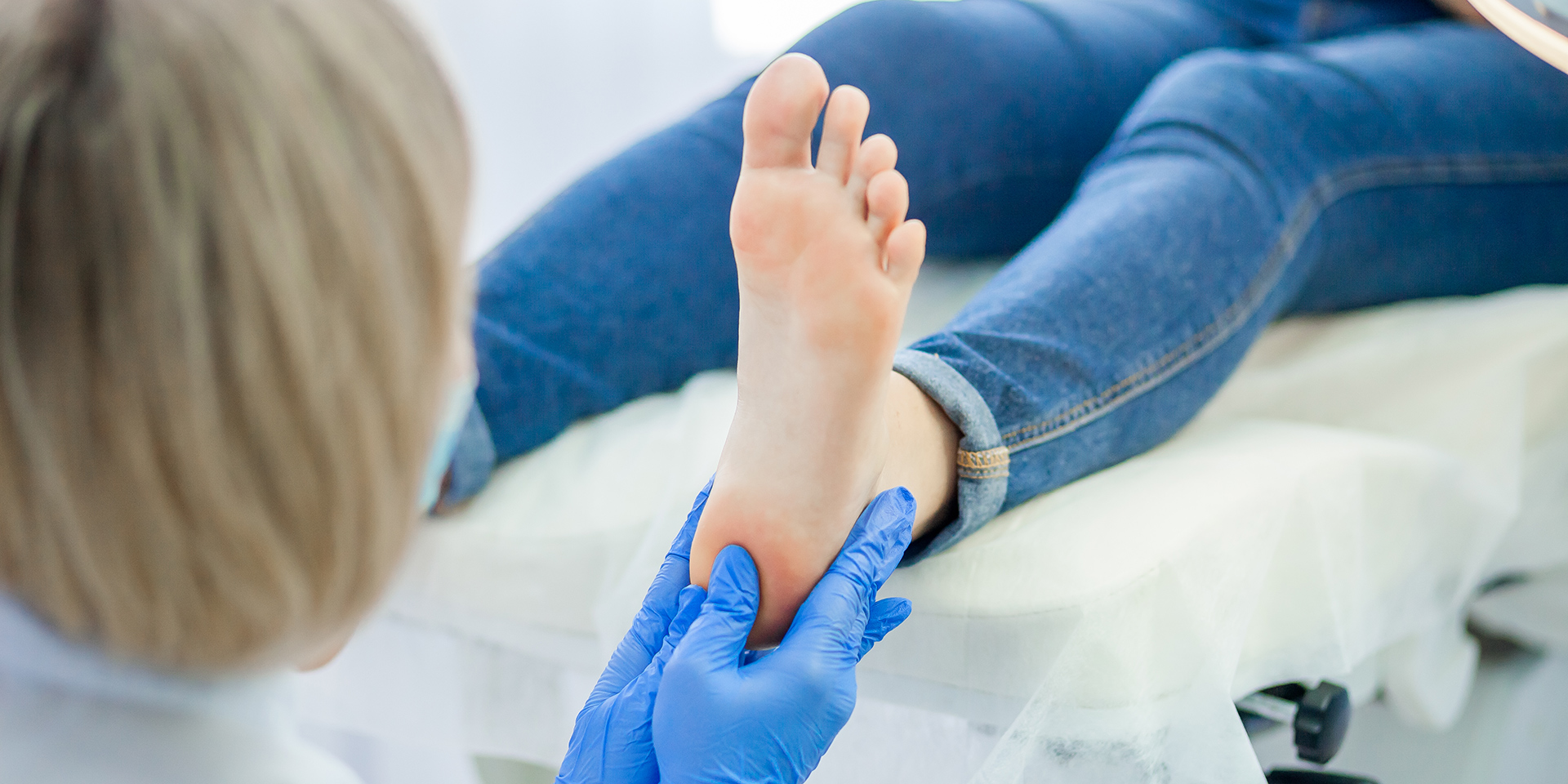
How to Use Intelligent Insoles for Clinical: Improve Patient Outcomes
No one enjoys seeing a patient suffer—many of us got into the healthcare field to help those in need and know the patient's progress and improvement. Watching people become their best selves after an accident, surgery, or chronic pain is a true joy, but it needs the right tools.
Unfortunately, clinicians report dissatisfaction with the expensive tools they’d hoped would solve their diagnostic problems. Many are difficult to use; others require tons of exhausting setups. If you’re not seeing the results you want regarding patient outcomes, it’s time for better technology.
Intelligent Insoles are that technology. They help you see what’s happening between the sole and the ground, where it’s nearly impossible to see. Because of that, you can make more accurate diagnoses, design better treatment plans, choose better footwear for your patients, and even sleep better at night.
Today’s post examines why traditional pressure mapping technology falls short and what Intelligent Insoles can do to fix that. We’ll also discuss how better gait and pressure analyses can improve patient outcomes and how you can get started today.
Where Pressure Mapping Goes Wrong
If you work in a clinic or hospital, you know how important it is to get the most accurate measurements. Correct data leads to better diagnoses, more effective treatment plans, and better patient outcomes, often meaning better health over the subsequent years and even decades.
“Accurate” is not a service many tools on the market provide. Many pressure mapping tools leave you wondering why test results are everywhere, or why a patient isn’t improving. Et voilà: your patients suffer, your reputation suffers, and your confidence is shaken.
Chances are it’s not your fault. Poor pressure mapping technology may be the culprit, resulting in adverse outcomes:
- Sporadic test results
- Problems with software and hardware communicating
- Unnatural testing conditions that limit patient movement
- Constant recalibration and rework
- Slow patient improvement
The answer? It would help if you had Intelligent Insoles.
What Are Intelligent Insoles?
Intelligent Insoles are thin, flexible, wireless insoles that you slip inside a patient’s shoes to see what’s going on inside. Embedded with hundreds of sensor points capable of taking multiple readings per second, they can create an accurate picture of what happens when a patient stands, walks, jogs, runs, jumps, pivots, or otherwise shifts their weight.
Sensors send the data to software on a nearby phone, tablet, or desktop computer. It gets aggregated and analyzed there, giving you critical information about the patient’s movement, loading, steps, pronation, and more. You can even see the picture through 2D or 3D images, which paint a real-time or playback picture of the person undergoing movement, so you can study it while they’re right there in the room with you.
Would you prefer to take things into the hall or outside? That’s fine. Because the sensors transmit information wirelessly, you only have to bring the device. Now, you can run tests at the track, on a treadmill, or while walking down the street. The whole world becomes your lab—so you can help your patients wherever they go.
How Can Better Gait Analysis Technology Improve Patient Outcomes?
Using gait analysis and pressure mapping technology, such as Intelligent Insoles, allows you to level up your practice or research lab in several ways. These include:
- Performance Tracking: You can see patients in any motion with the Intelligent Insoles. This gives you the ability to model them in their everyday situations. Whether a bank teller needs a pair of orthotics to accommodate standing all day or an older person must walk with a cane after surgery, you can see exactly where problems arise.
- Treatment Plan Design: Treatment plans are more effective and reliable when accurate diagnostics are used. This means less time spent figuring out the best solution and more time treating patients. The result is a more successful and reliable approach to healthcare.
- Footwear Selection: The best way to address and avoid injuries is to provide patients with specific insole or footwear recommendations. Knowing which high-pressure areas affect each patient ensures that their feet are correctly supported. You can more effectively place patients in the correct shoes with the right information.
Overall, suitable sensor technology can help improve every stage of your process, from initial diagnosis to follow-up treatment plans and injury prevention. Not only is this better for your clients and patients, but it’s also better for your brand, business, and bottom line.
That’s why you shouldn’t wait longer to get the necessary tools to succeed.
Solving Clinical Challenges With Intelligent Insoles | Clinical From XSENSOR
If you’re ready to say goodbye to the many clinical challenges that have plagued you for years, it’s time for a new approach: Intelligent Insoles | Clinical by XSENSOR. Our top-shelf sensor-based technologies are renowned worldwide for their sensitivity, accuracy, versatility, and performance. They need very little recalibration to remain reliable over long periods and come with out-of-the-box software that allows you to use them the day you get them.
Where other products require constant calibration and rework, XSENSOR is known for its fast, efficient, accurate data gathering and analysis—all without resetting or rebooting. Now, you can run more tests in less time, more environments, and hassle-free.
Want to learn more about how easy it is to improve patient outcomes when you work with XSENSOR? We invite you to set up a demo today and get ready to revolutionize your practice!

